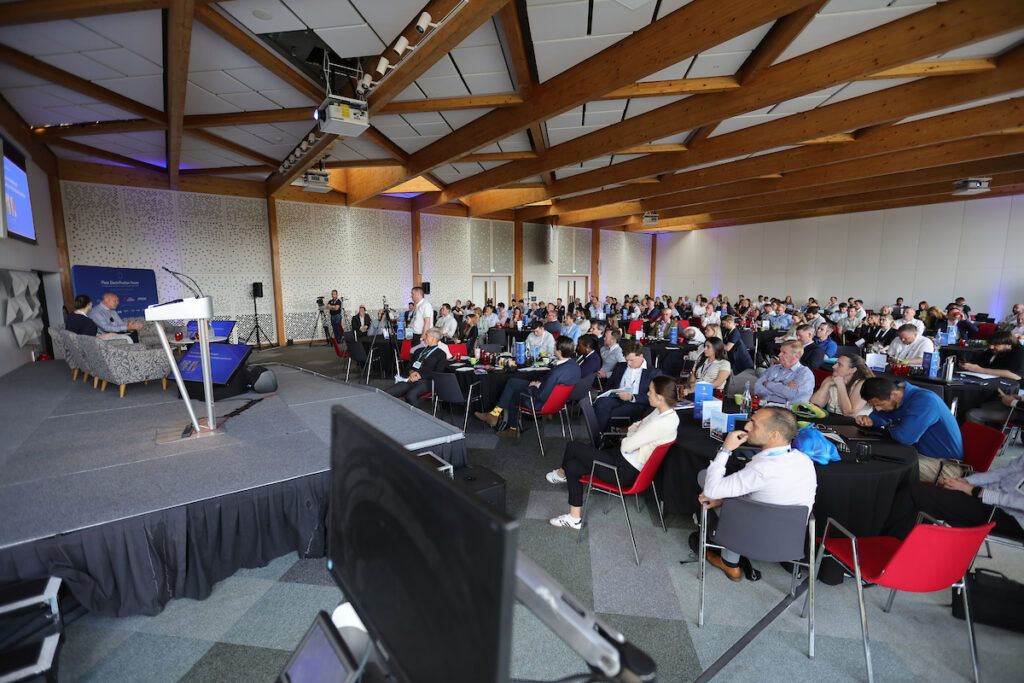Intraflex is a ‘first of a kind’ project that has enabled flexibility services in the local distribution network to be continuously traded in close to real-time, allowing the market to determine the price for the first time.
Western Power Distribution (WPD) is leading the Intraflex trial, which has also lowered the barriers to entry for asset owners, allowing electric vehicle (EV) charging assets to take part and offer flexibility for the first time – demonstrating what the future could look like.
The project is an important step for distribution network operators (DNOs) and for the increasing procurement of flexibility services to help balance the load on local networks.
The anticipated surge in EV charger and heat pump connections means networks must develop more flexibility to cope with this demand.
By delivering flexibility, networks can reduce costs to customers over the long term by avoiding the need for expensive network reinforcements.
As part of the Intraflex project, WPD partnered with NODES and Smart Grid Consultancy, working with seven flexibility asset owners to create a marketplace where different types of flexibility could compete on a level playing field.
By opening seven days ahead of flexibility needs, the company implemented different pricing strategies to understand how the asset owners would respond.
In phase one, WPD recorded 241 trades where a total volume of 50.51MWhs was bought at an average price of £386 MWh. During the second phase of the project, a total of 1,198 trades and 774 MWh of flexibility were bought.
While previous flexibility auctions have focused on the commercial market, Intraflex allowed low carbon technologies such as EV charging units and battery storage to compete against diesel generators on price for the first time, offering their availability to WPD via a continuous near-term market.
This is the first time in the UK that a marketplace has facilitated this kind of market behaviour among Flexibility Service Providers (FSPs).
With the market determining the price of flexibility, savings of up to 4% emerged on the cost of flexibility through price competition.
This kind of liquid market for flexibility is needed to release benefits of around £16.7 billion a year identified by the Carbon Trust and Imperial College in their GB Flexibility Report, as well as to reduce costs for customers.
Roger Hey, WPD Electricity System Manager, said: “Intraflex has proven to be a ground-breaking project with some compelling evidence for the future of what a market for flexibility could look like with competition emerging and the potential for reductions in cost to consumers as a result.
“In the future, we can expect to see much more near real-time flexibility services being procured from domestic energy suppliers and those supporting the transition to net zero such as EV charging providers.”
Ryan Goddard, Commercial Optimisation Officer from Welsh Power, said: “IntraFlex has been really positive for us. Closer to real time procurement makes sense to us and it’s good to see where markets are heading. It also provides another revenue stream for our assets.
“Conceptually, it works. It works with the Balancing Mechanism. It allows both the provider of flexibility services and the procurers – the DSOs – to value flexibility closer to the real value. You are not stuck with a contract that you signed for four years at a certain price.
“With all the volatility in commodity and energy markets at the moment, some contracts you sign into can be unprofitable at some point if things change significantly – so that is really good. Also, it promotes competition where competition exists.”
William Beaufoy, Senior Software Engineer for EV Energy, a participant in the trial, said: “We were very happy with NODES market. I would say they are probably the best organisation that we have integrated with. We found the NODES interface good as well for placing bids. Our commercial team were very happy with that – so more of that, please.”
Richard Sarti, Director of Sales and Marketing at NODES, said: “The Intraflex project paves the way for a standardised market design for the activation of flexibility, where different forms of flexibility, such as low carbon technologies, demand side response and storage can compete on a level playing field via an independent marketplace.
“This will enable the DSO to buy flexibility at the lowest price offered on any given day, whilst enabling different forms of flexibility assets to offer their availability across multiple markets.”
Image: Shutterstock








